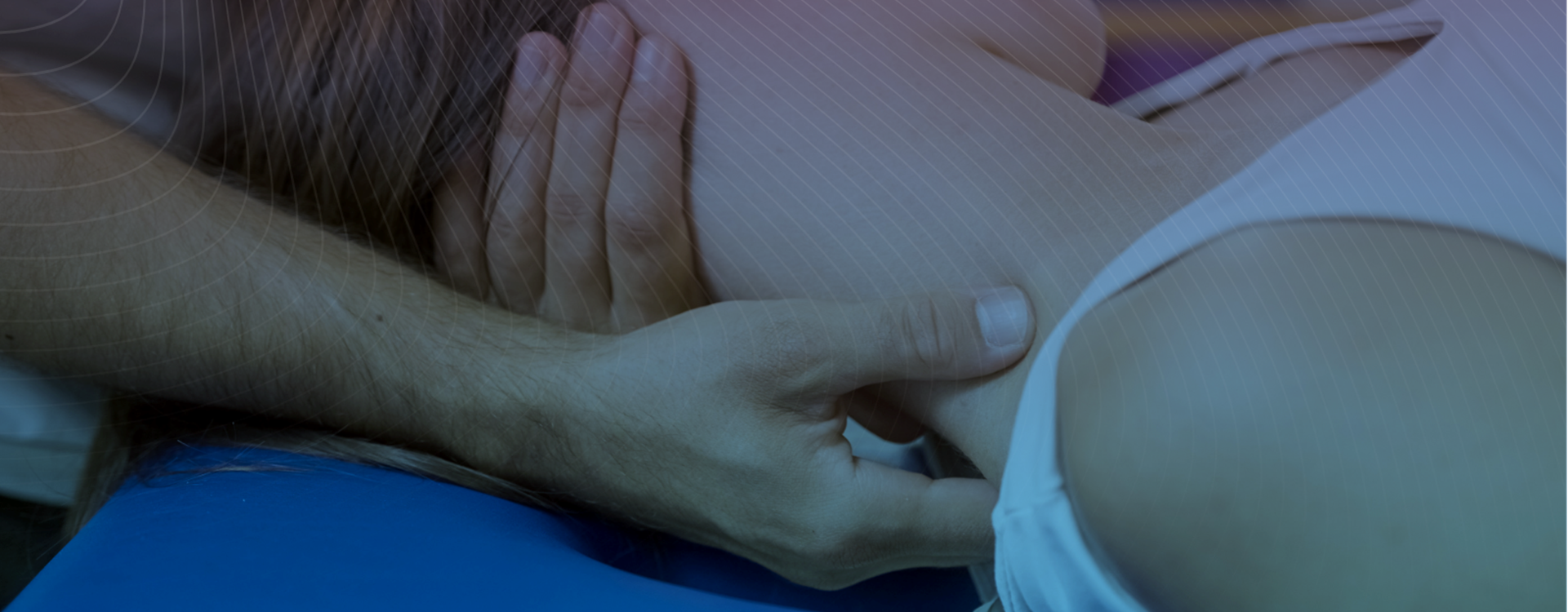
Osteopathy is a gentle, hands-on approach to healthcare that looks at the whole picture—not just the sore spot. We take the time to understand your health history, daily life, and symptoms so we can get to the root of the problem. From there, we create a treatment plan that’s tailored just for you.
We treat people of all ages, using techniques that suit you and your condition—because no two bodies (or problems) are exactly the same.
Everyday aches and pains
Neck and back pain
Sciatica and nerve pain
Stiff or painful joints
Arthritis-related discomfort
Fibromyalgia
Headaches and migraines (prevention)
Muscle spasms
Sports injuries
(Not sure if we can help? Email us at [email protected] and we’ll be happy to advise.)
Your first appointment will last around 45–60 minutes. We’ll start with a friendly chat about your symptoms, medical history, and lifestyle. This is important as it helps us understand you, not just your pain.
We’ll then carry out a physical examination, which may involve checking areas away from where you feel pain. You might be asked to perform simple movements so we can assess your mobility, and we’ll check your joints, muscles, and carry out any relevant physical orthopaedic tests.
Sometimes, a clear view of the area means removing a layer of clothing, but we’ll always make sure you’re comfortable and you can stop at any point. You’re also welcome to bring a friend or family member along if that would help you feel more at ease.
If we find that osteopathy isn’t the right fit for you, we’ll guide you towards the best alternative care.
Osteopathy is generally gentle, but some techniques like joint articulation, massage, or manipulation—may feel a little uncomfortable. We’ll check in with you throughout and adjust our approach if anything feels too much. Please know that not all treatment techniques involve manipulation (the 'clicking').
It’s normal to feel a little sore for 24–48 hours afterwards—your osteopath will let you know if this is likely. If you’re concerned, please contact us after your appointment.
You don’t need a GP referral to see us. You can book online directly at anytime, but if you have private medical insurance we kindly ask you to check your policy, as some providers require a doctor’s referral.
All our osteopaths are degree-qualified, registered with the General Osteopathic Council (GOsC), and are members of the Institute of Osteopathy. We’re also recognised by the NHS as Allied Health Professionals - trusted to care for people of all ages, from newborns to older adults.
We combine professional expertise with a friendly, personalised approach because we know healthcare works best when you feel listened to, understood, and supported.

